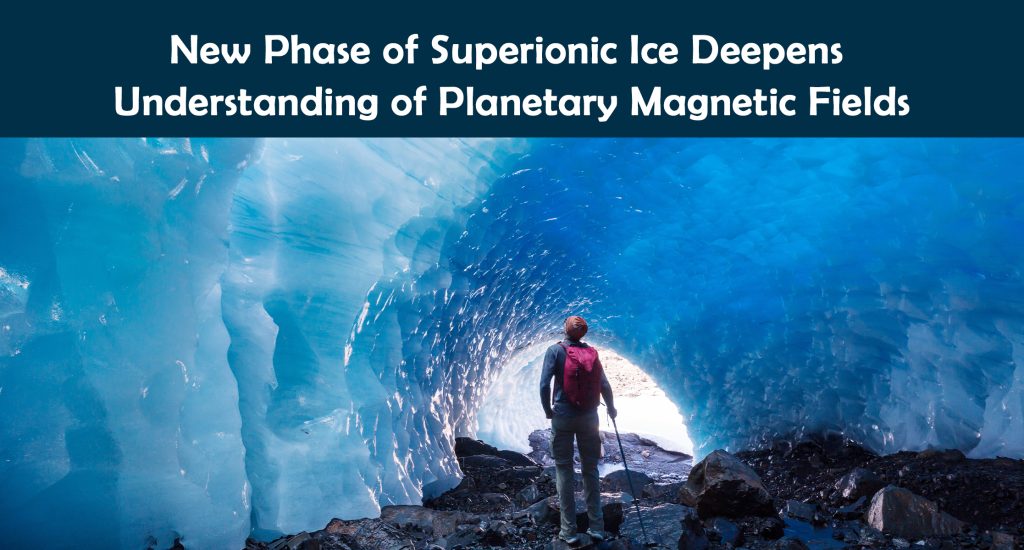
Inside planets, extreme pressures and heat create bizarre materials. Earth’s solid inner core may host dancing iron atoms, while gas giants Uranus and Neptune likely contain superionic ice, a peculiar substance both solid and liquid. Scientists recreated this exotic ice in lab experiments, deepening our understanding of the unusual magnetic fields of these planets. (Alprazolam) This new phase, dubbed Ice XIX, was recently discovered under extreme conditions, increasing conductivity. Such conductivity influences magnetic fields and may explain the multipolar magnetic fields of Uranus and Neptune. This finding marks a significant step in planetary science, 30 years after Voyager II’s observations.

